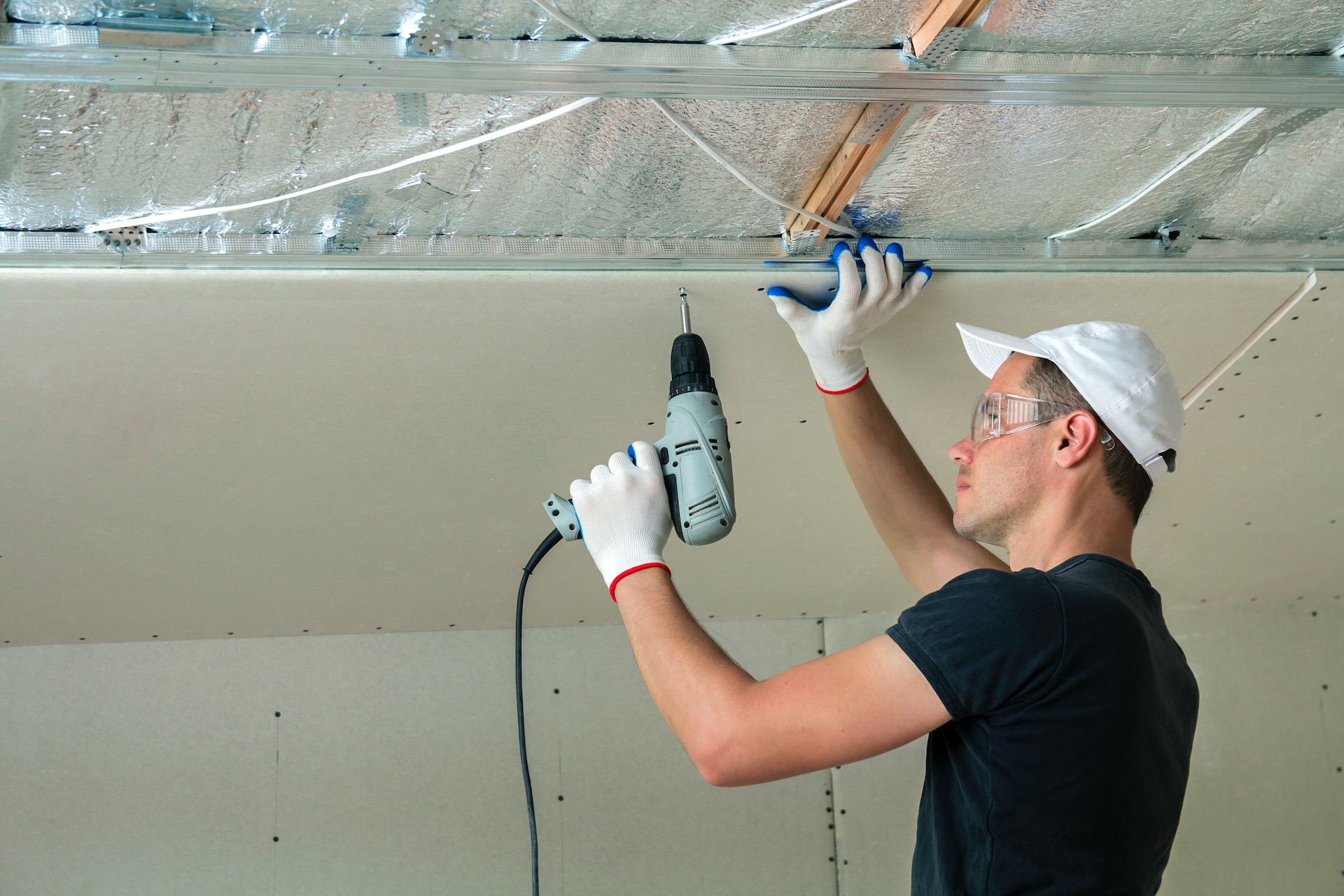Blown-In Insulation vs. Batt Insulation: Which is Best for Your Birmin

When it comes to improving your home's energy efficiency, comfort, and overall performance, selecting the right insulation is crucial. Homeowners in Birmingham, AL, are often faced with the choice between two popular insulation methods: blown-in insulation and batt insulation. Each method has its advantages and drawbacks, and understanding these can help you make an informed decision tailored to your home's unique needs.
In this blog post, we will compare the key differences between blown-in and batt insulation to help you determine the most appropriate option for your Birmingham, AL, home.
From factors like ease of installation and cost-effectiveness to environmental impact and overall performance, we will provide a comprehensive guide to the pros and cons of both insulation methods. By gaining a better understanding of these options, you can ultimately choose the insulation method that fits your requirements and ensures a comfortable, energy-efficient home in Birmingham, AL.
1. What is Blown-In Insulation?
Blown-in insulation, also known as loose-fill insulation, is a type of insulation that is mechanically blown into cavities, attics, and other hard-to-reach areas of a home. It is commonly made from materials such as fiberglass, cellulose, or mineral wool. The process involves using specialized equipment to break apart the insulation material and blow it into the desired spaces, achieving a consistent and flexible layer of insulation.
Pros of Blown-In Insulation
- Effectiveness: Blown-in insulation provides comprehensive coverage, effectively filling gaps and irregularly shaped spaces with a seamless insulating layer.
- Easy installation: Installing blown-in insulation is typically faster and requires less labor compared to batt insulation.
- Environmentally friendly: Many types of blown-in insulation, such as cellulose, are made from recycled materials, making it a more eco-friendly choice.
Cons of Blown-In Insulation
- Settling over time: Blown-in insulation may settle over time, resulting in a reduced R-value and potentially compromising its insulating properties.
- Moisture concerns: Blown-in insulation is more susceptible to moisture-related issues, which can lead to reduced effectiveness and potential mold growth.
2. What is Batt Insulation?
Batt insulation is pre-cut, rectangular pieces of insulation material, typically made from fiberglass, mineral wool, or cotton. It is designed to fit between wall studs, floor joists, and ceiling rafters, providing a uniform layer of insulation. Batt insulation is one of the most common types of insulation used in residential construction, offering a simple and affordable solution for effective thermal protection.
Pros of Batt Insulation
- Cost-effective: Batt insulation is generally more affordable than blown-in insulation, making it an attractive option for budget-conscious homeowners.
- Simple installation: Since batt insulation is pre-cut into rectangular pieces, it can be easily installed in standard-sized cavities, requiring less specialized equipment or training.
- Variety of materials: Batt insulation is available in different materials, such as fiberglass, mineral wool, or cotton, offering homeowners a choice based on their preferences and budget.
Cons of Batt Insulation
- Coverage limitations: Achieving a completely seamless, gap-free coverage with batt insulation can be challenging, especially in irregularly shaped or hard-to-reach areas.
- Vulnerability to air leaks: If not installed properly or if gaps are left between pieces, batt insulation can be susceptible to air leaks, compromising its effectiveness.
3. Comparing R-Values: Which Offers Better Insulation Performance?
The R-value is a measure of a material's resistance to heat flow, and it is an important factor to consider when comparing insulation options. The higher the R-value, the more effective the insulation is at preventing heat transfer.
Blown-in insulation tends to have a higher R-value per inch compared to batt insulation, meaning it can provide better thermal protection. According to the U.S. Department of Energy, the R-value of blown-in fiberglass insulation ranges from R-2.2 to R-2.7 per inch, while batt fiberglass insulation typically offers R-2.9 to R-3.8 per inch.
When properly installed, both types of insulation can effectively improve your home's energy efficiency, but blown-in insulation may provide superior performance in terms of R-value.
4. Installation Process: Which Insulation Method is Easier to Install?
In terms of installation, batt insulation is generally easier to work with, especially for standard-sized wall cavities, floor spaces, and ceilings. This is because the pre-cut pieces can be easily fitted into place by construction professionals or even DIY homeowners. However, this ease of installation also means that gaps or voids can be left behind if not carefully installed.
Blown-in insulation requires less manual labor, as it is installed using specialized equipment that mechanically blows the insulation material into place. This can be an advantage, particularly in hard-to-reach or complicated spaces, where creating a seamless layer of insulation can be challenging with batt insulation. However, the installation of blown-in insulation does require more skill and expertise, making it essential to hire a qualified insulation contractor.
Make the Right Insulation Choice for Your Birmingham, AL Home
In conclusion, both blown-in and batt insulation offer unique benefits that can effectively improve the energy efficiency, comfort, and overall performance of your Birmingham, AL home. By considering factors such as ease of installation, budget, insulation performance, and environmental impact, you can confidently choose an insulation method that best meets your needs and preferences.
At Koala Insulation Birmingham of Birmingham, our team of experienced professionals is committed to helping you decide on the right insulation for your home. With over 50 years of combined experience, we take pride in providing exceptional insulation services tailored to your unique requirements.
Ready to take the first step toward upgrading your home's insulation and ensuring a comfortable, energy-efficient living environment?
Contact Koala Insulation Birmingham today to schedule a free consultation and receive a detailed quote for batt insulation or blown-in insulation in Birmingham, AL. Our team of experts is standing by to answer your questions and guide you to a well-insulated, energy-saving home.
Find Your Location


Get a quote


